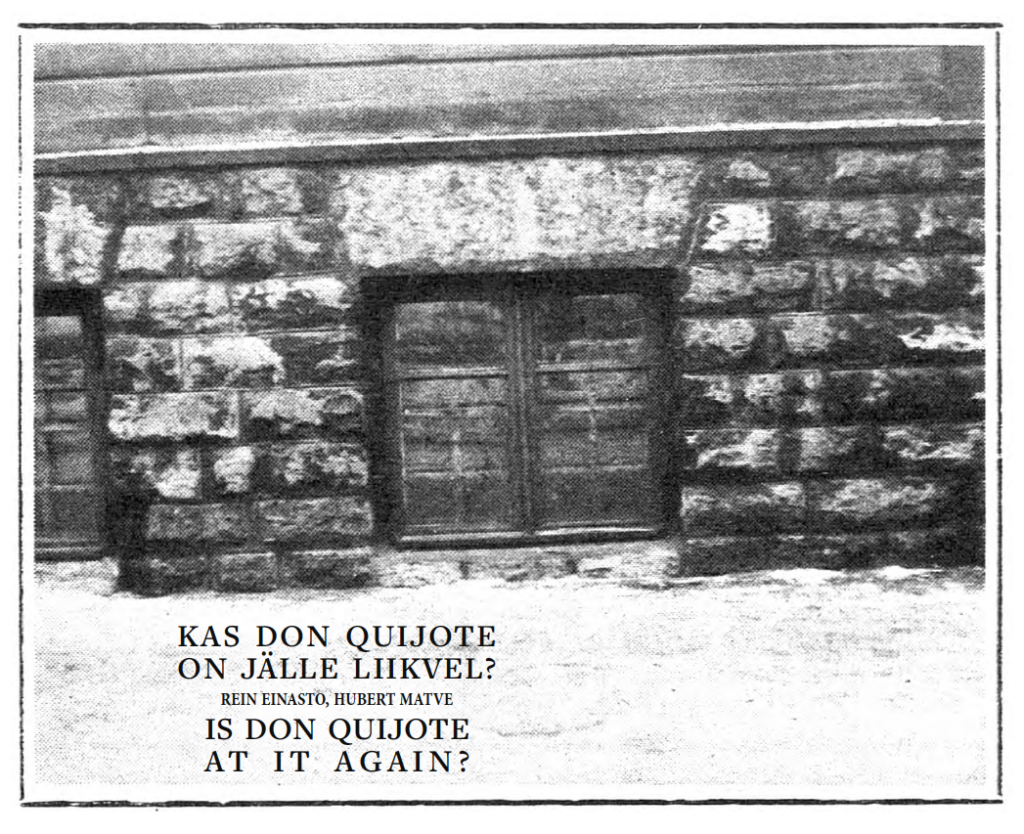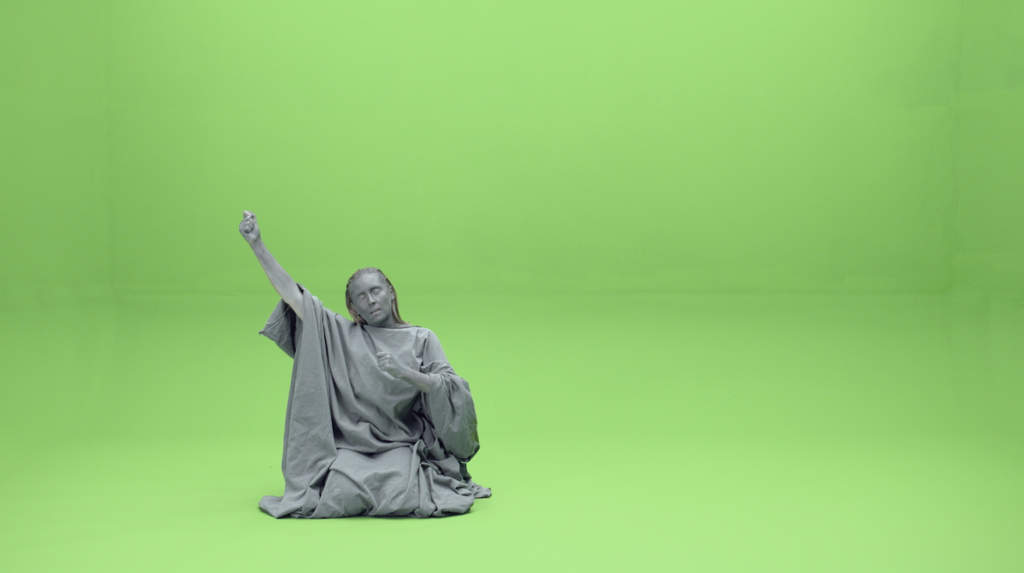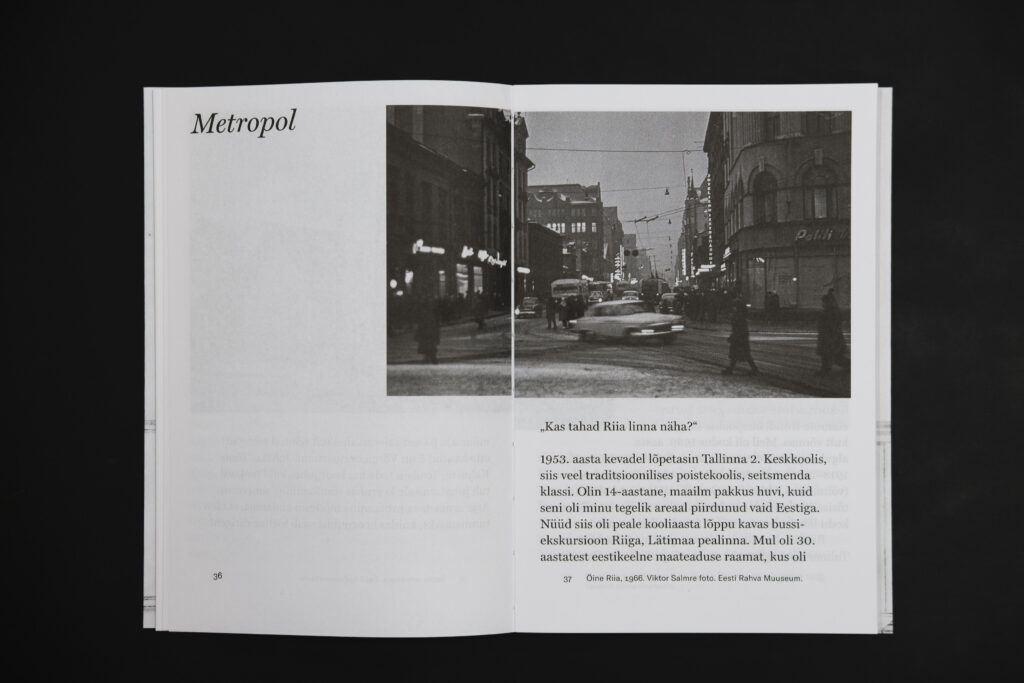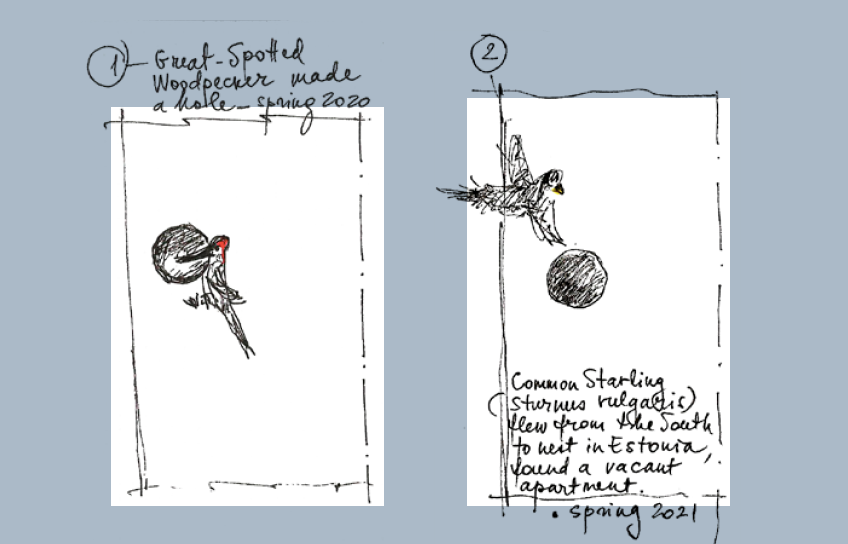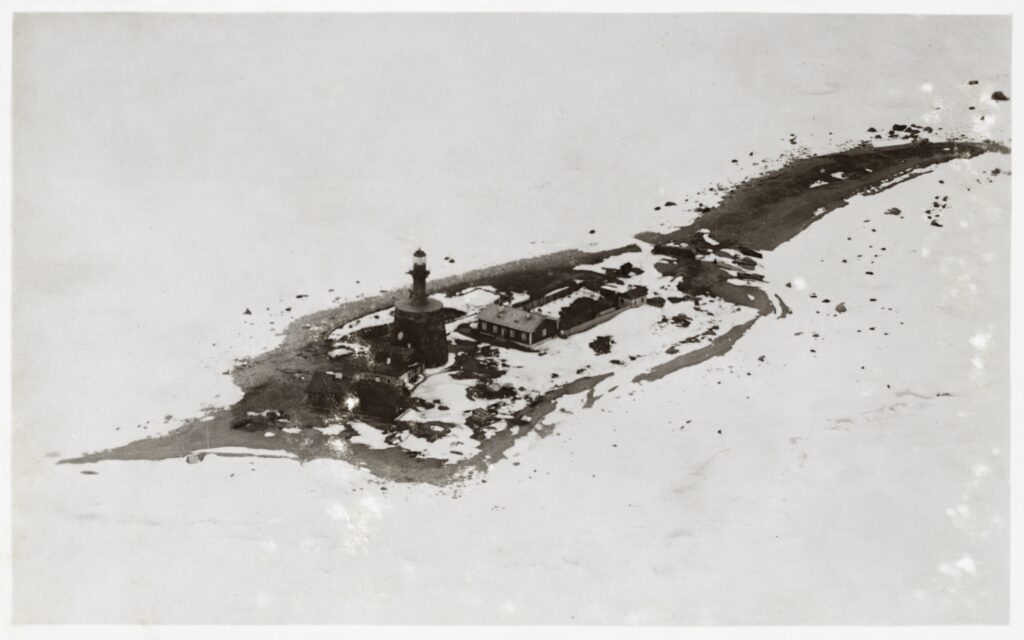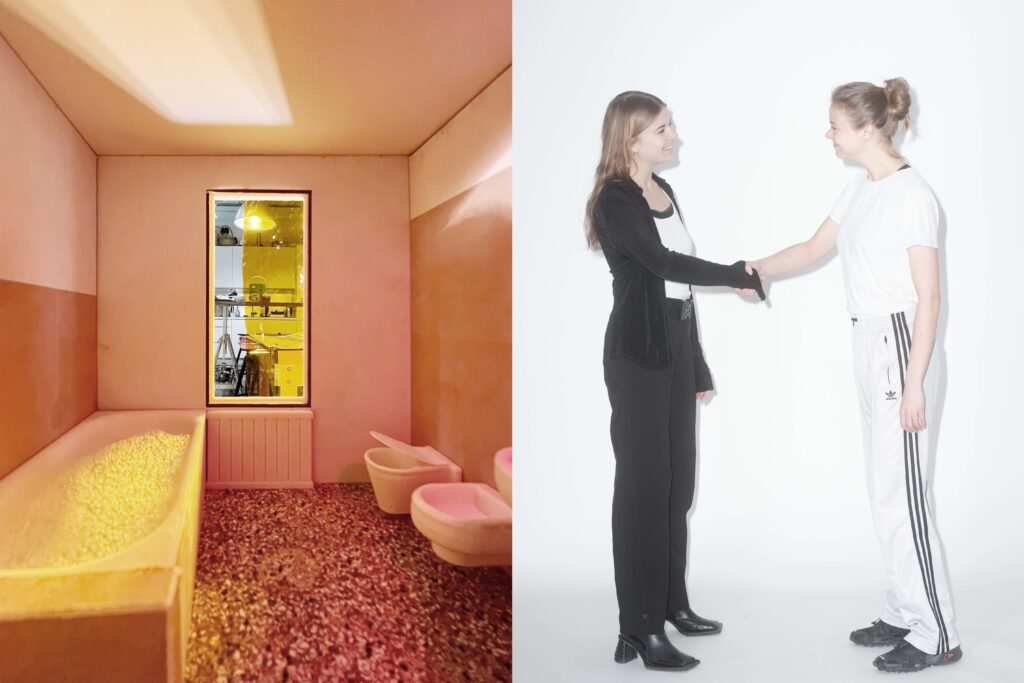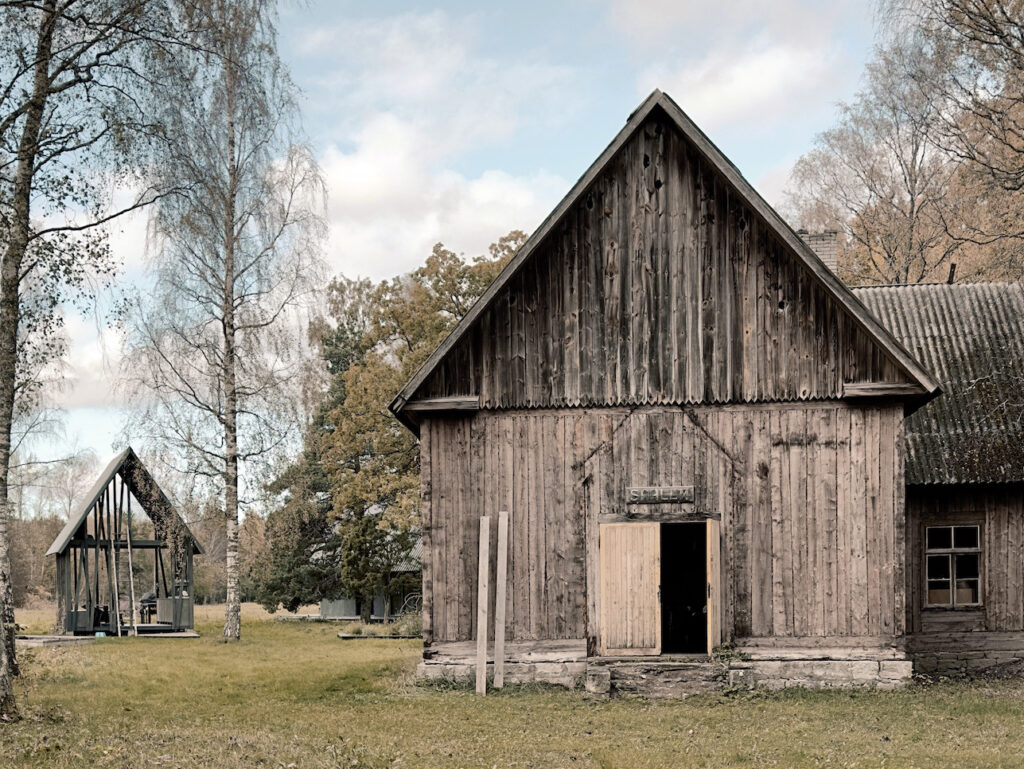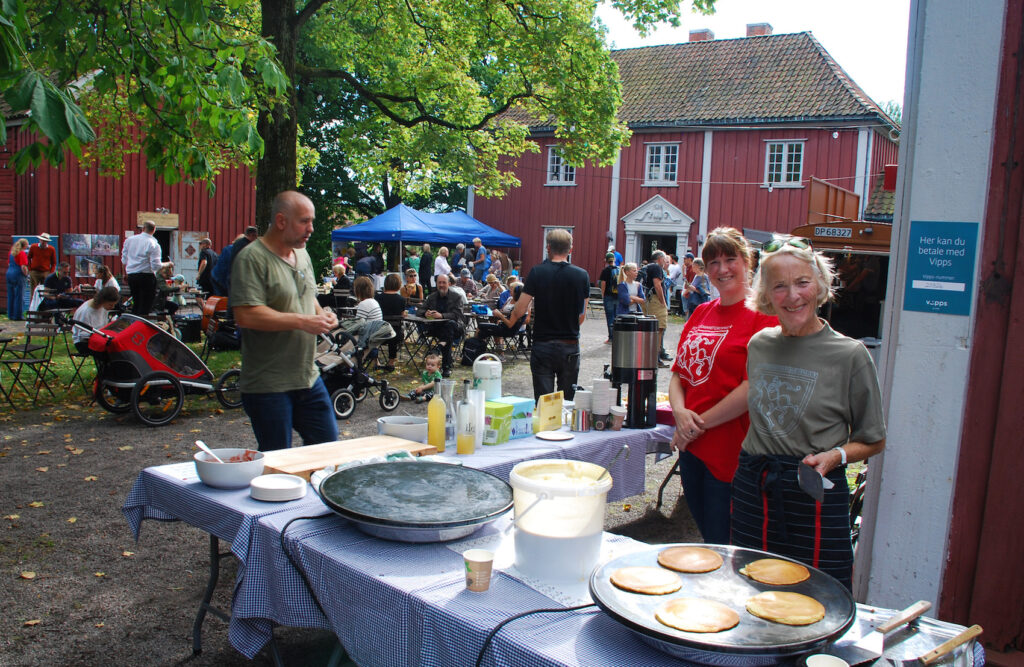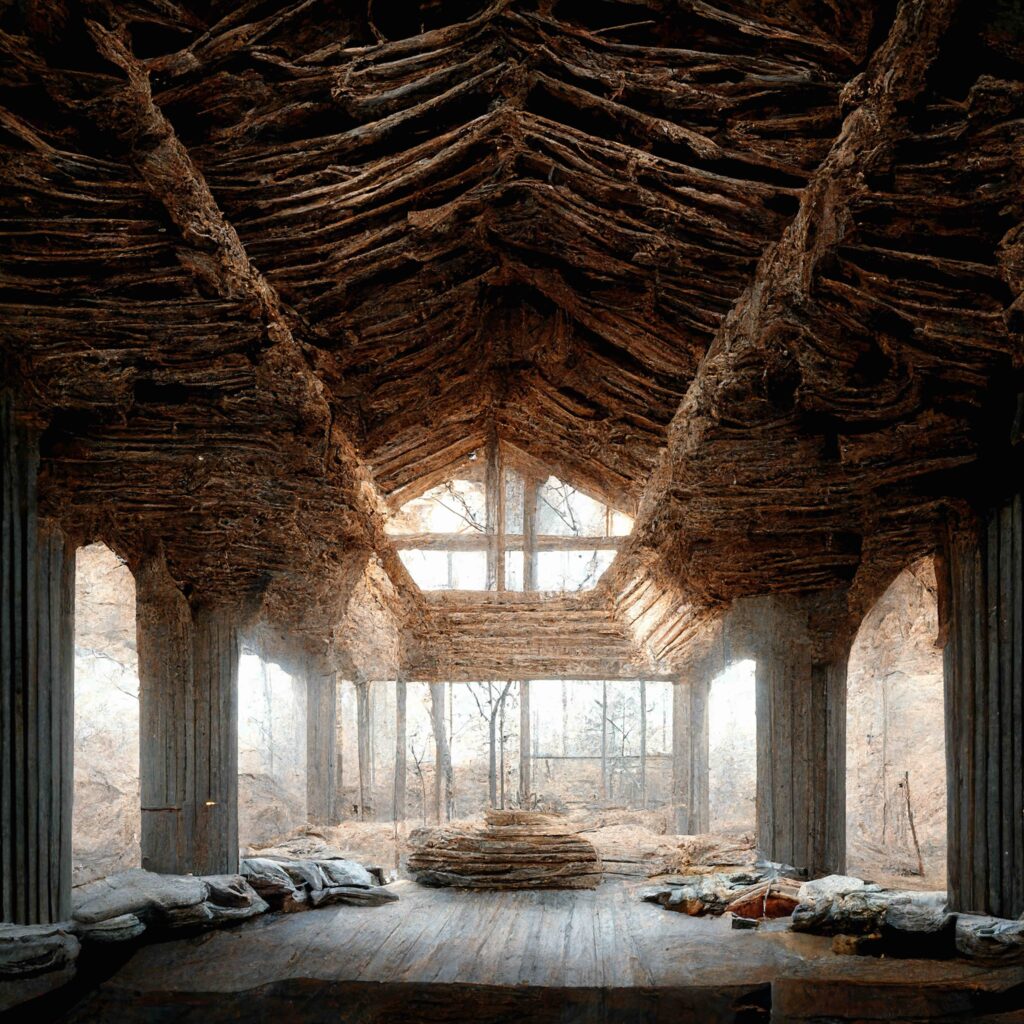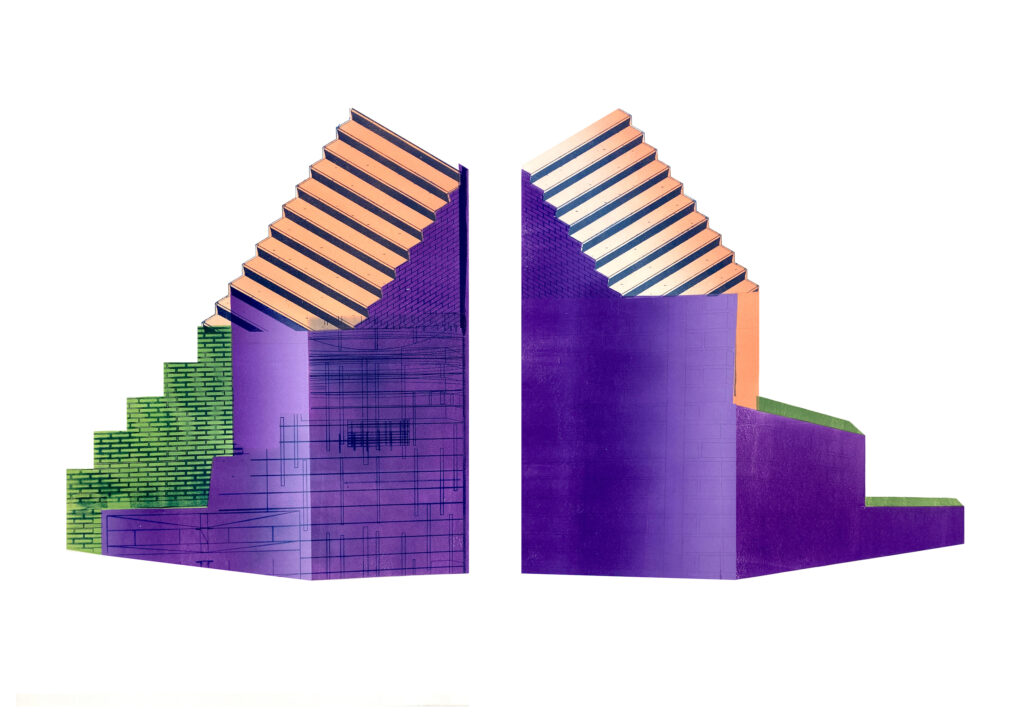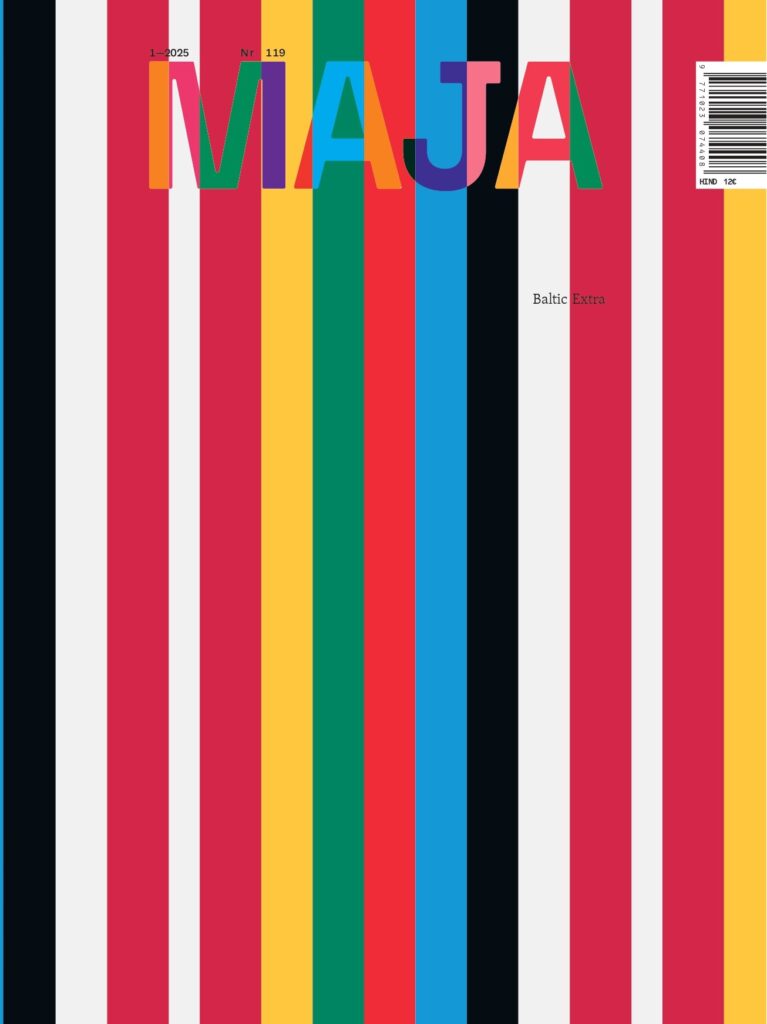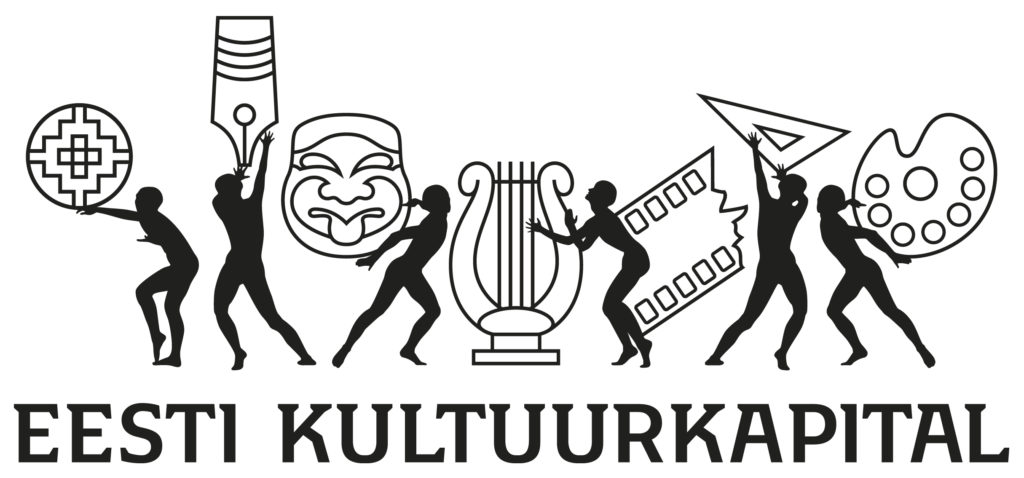MEDIATION
This piece by geologist Rein Einasto and engineer Hubert Matve was first published in newspaper Sirp ja Vasar on the 13th of July, 1987. Forty years later, Rein Einasto maintains that sustainable and multifaceted use of local stone is a necessity without an alternative, and a wide open road of possibilities.
Artist Helena Keskküla wanted to work on stone as she tracked stone-related episodes in the text and illustrations of The Kalevide, and looked for connections between stone and Estonianness.
Ingrid Ruudi discusses architects’ relationship with time and the various ways in which architects in their later years record their doings as history.
What is happening in the freshly insulated walls of author's home?
I believe that many a reader will imagine islands in the form of a curled-up coastline—after all, often there is little else there besides sea foam and bird screeching. Although Estonian islands are slowly growing in size, we still have a very large number of small islands—reefs, rocks, islets—whereas not so many islands where people would live all year round.
Why not set a higher value on dispersal? Instead of living in just one place, and trying in vain to gather yourself together there, why not have five or six rooms dotted about Paris?
Johan Tali discusses how clear boundaries can inspire great ideas.
Norway is a country characterised by high voluntary activity, 78% of its 5.4 million inhabitants are members of at least one voluntary organisation, 48% are members of two or more. Volunteering is and has been an important aspect of Norwegian society, and in recognition of that, 2022 has been designated as the Year of Volunteering.1 During this year NGOs and smaller volunteering associations together with local, regional, and national governments have collaborated in highlighting the value of volunteering in Norway.
An AI called Midjourney has been used in creating the illustrations which only input was free-format text. As a result, the algorithm synthesised an image that could be called unique. These illustrations stemmed from a question on how to describe routine spatial solutions and objects only by means of their function and properties. How might the image produced by the algorithm differ from the architectural element that has already solidified in history?
What kind of relationship between a space and its surroundings would help to avoid the objectification of space—i.e., treating buildings or areas as sculptures or fully controllable objects?
Postitused otsas
ARCHITECTURE AWARDS


